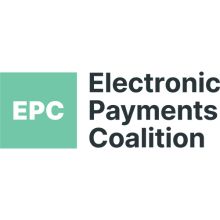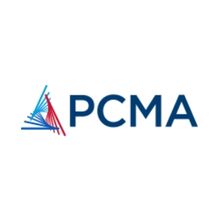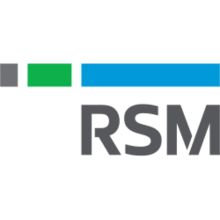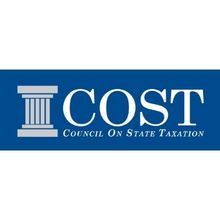Early Childhood Education
Last updated February 2019 Research has shown that students can substantially benefit from being enrolled in early childhood education programs. In a joint study by The Brookings Institute and Duke University's Center for Child and Family Policy, researchers studying pre-K education often found that children from low-income families gain more attending pre-kindergarten programs than their more advantaged peers. In addition, children who have dual-language capabilities "show relatively large benefits from pre-K education" — both in their English-language proficiency and in other academic skills. State legislatures have recognized the substantial benefits that can be gained from early childhood education programs and have responded by increasing public funding for pre-kindergarten and kindergarten programs. The amount of funding and the types of programs offered vary in each state, but as state revenues recovered from the Great Recession, states began investing more resources into early childhood education. Publicly Funded Preschool ProgramsPublicly funded preschool programs vary in the types of program models and financing. The main type of public preschool programs are ones funded through the state or municipality. In addition to federally-funded Head Start programs (the largest and longest existing preschool program in the U.S.), federal and state governments subsidize child care, including preschool education, through a combination of block grants and state matching funds with families paying a share of the cost based on their income. The number of children attending public preschool tripled between 1990 and 2005 but has only changed marginally in recent years. During the 2017-2018 school year, forty-four states, the District of Columbia, and Guam contributed an estimated $8.1 billion in funds to early education programs which served 1.6 million children. While states and municipalities have increased funds to pre-kindergarten programs, concerns exist about quality. For example, funding per child varies drastically across states with some states spending more than $12,000 per child and others spending less than $3,000 per child. Discrepancies also exist in enrollment rates, class sizes, and teacher quality. However, the demand for pre-kindergarten funding remains high as does overall support for publicly funded preschool programs. Additionally, states continue to look at ways to better fund and improve pre-kindergarten education. KindergartenState kindergarten programs are also getting a boost. Seventeen states and the District of Columbia require kindergarten attendance. Of the remaining states, most offer voluntary half-day kindergarten programs, but the definition of “half-day” varies widely. Instead of mandating attendance, the current trend is for states to fully fund and make available voluntary full-day kindergarten programs. Many education advocates support full-day kindergarten programs and believe that such programs better prepare students for first-grade and give teachers the ability to cover a wider range of subjects. In 2019, eight states had introduced legislation to fund full-day kindergarten programs. Of those states, Colorado Governor Jared Polis (D) is expected to sign HB 1262 which will fund full-day kindergarten in the state and ban districts from charging tuition. Research & ResourcesChamber Resources
ResearchEarly Childhood Education
Kindergarten
Pre-Kindergarten
Journalism & Opinion
|















